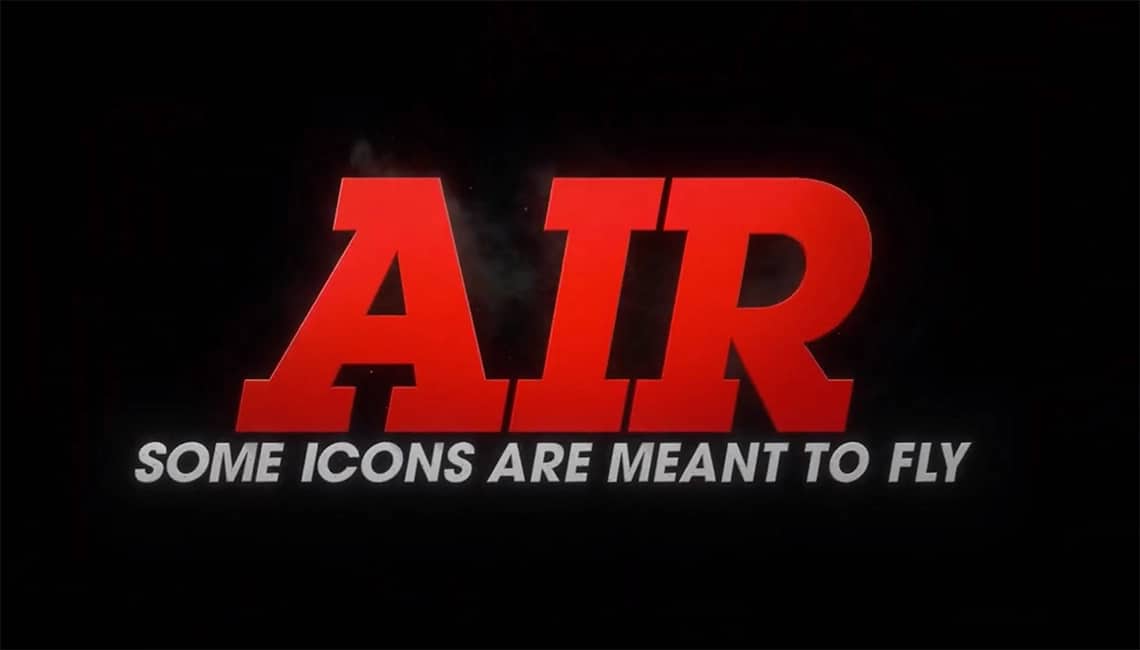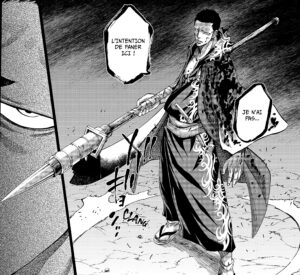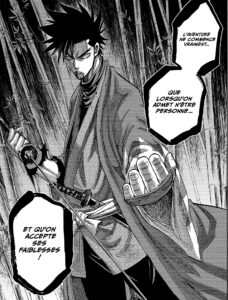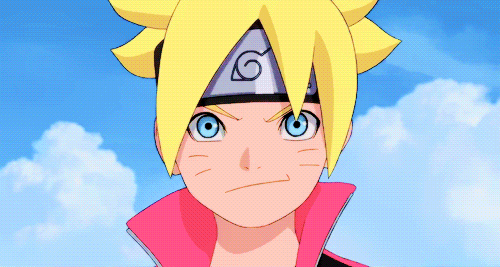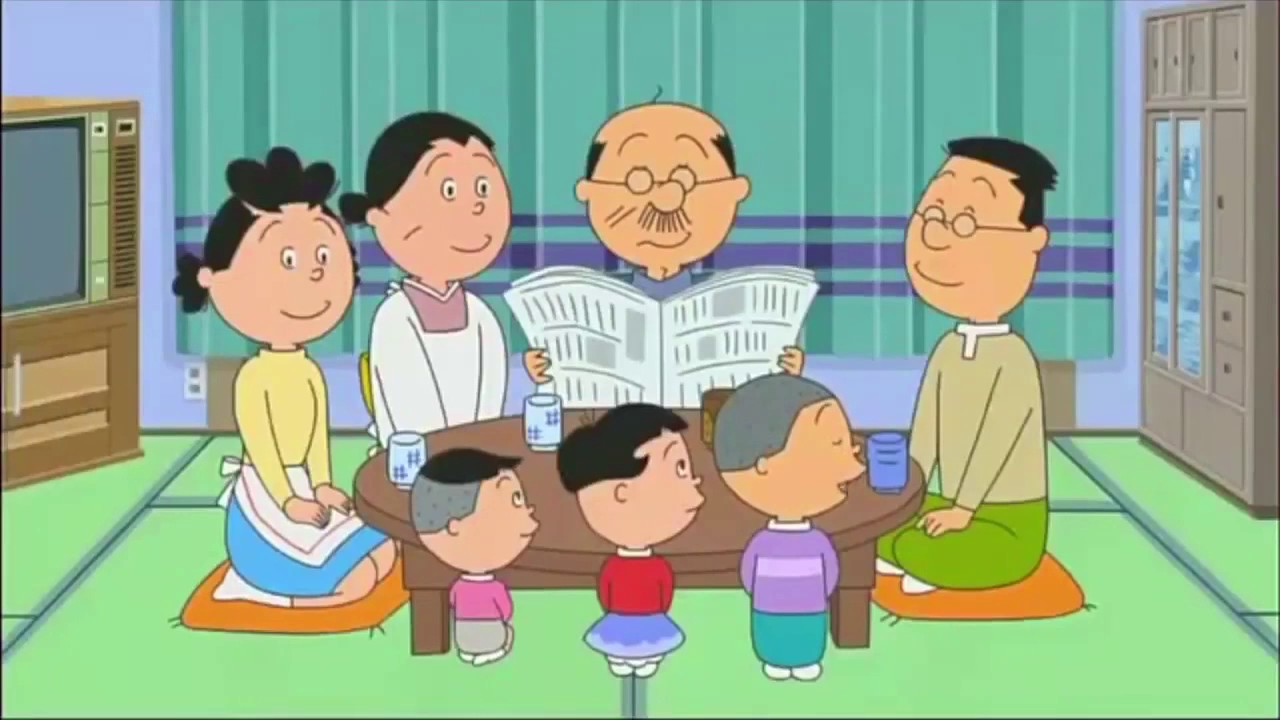The previous volume foreshadowed it and the confrontation between Shinsen Gumi and the seven demons of Mito Tengu-to continues in the streets of Kyoto plunged into the night. Is this new volume of Chiruran at the level of this epic shock?
At nightfall, beware of the streets of Kyoto
Screenwriter Shinya Umemura continues to tell us in Chiruran the progression of the samurai clan within the metropolis of Kyoto. We now follow the internal struggle in the militia and the warriors fall one after the other. In the continuation of the fight against the seven demons of Mio Tengu-to, a militiaman confronts his former student and we find the Sakaki brothers. Not all fights are created equal. A death is a bit rushed.
This volume follows a series of duels where the reader discovers new demons. Archer Shell Dwarf is a former lieutenant in the French army (sic). The history buff might see this as a total anachronism. A little further on are images of the Crimean War in front of a medieval castle. The rest would make a historian scream. Napoleon III looks like a pirate, but lives in the Louvre. Realism is not the goal in Chiruran. It is also at this moment that the reader understands the strength of Japan's anti-Russian sentiment because the author clearly sides with the French.We also discover the return of Hanjirō Nakamura, the fearsome assassin.
It took all the talent of the cartoonist Eiji Hashimoto to succeed in the various fights of this volume. The drawing takes the story much higher… or to put it bluntly. Hashimoto adopts a hyper dynamic layout. His choices of framing the fights make the reader lose all bearings. Everything is excessive: the weapons are gigantic and the bodies inhuman. Hanjiro Nakamura looks like a ghost.However, by the talent of the draftsman, we never fall into ridicule. We are also captivated by the mastery of the faces and the modernity of the line.
Chiruran or the triumph of lies?
This new volume of Chiruran reflects on appearances and the deadly mistake of relying too much on them: Shimpachi Nagakura learns it by confronting Gensai Awata. The very young boy magically metamorphoses into a gigantic body building champion. His age is also a lie. Further, it was after having his arm amputated that a fighter became stronger and more agile. Hiding one's talents or motivations causes misunderstandings between beings. A student will never know the real motivations of his former teacher.
Rather, Chiruran extols the virtues of effort. This lesson goes through the negative because Gensai believes in talent and despises work. In contrast, Heisuke had left a glorious career to follow a more hard-working master.An unfulfilled love pushes to train constantly hoping for a duel that will mix eros and thanatos in a fatal embrace. The Chiruran series also becomes moral. Feelings are unspeakable and push to withdraw from the outside world and then lead to disaster because unrequited desire becomes an obsession.The tension is heightened by the jealousy of a man fearing that he has been replaced by younger new friends of Shinsen Gumi.One might even see a psychoanalytic meaning to this struggle. Indeed, large spears take on another meaning when several boxes show the excitement of the old man. For lack of anything else, it is the blood that spurts from the bodies of the two duellists.
Published by Mangetsu, the Chiruran series is still fun to read.This volume multiplies the fights in magnificent pages. It can also be read a denunciation of a desire too burning or unspeakable.
Find on our site other samurai manga with Keiji and The Fire Mandala.






























